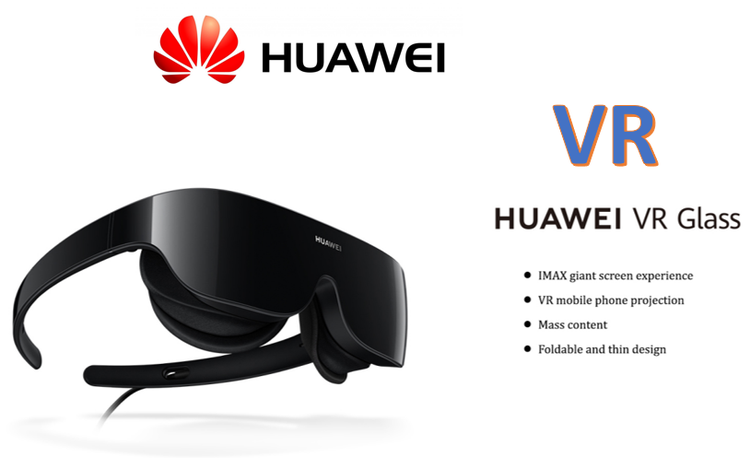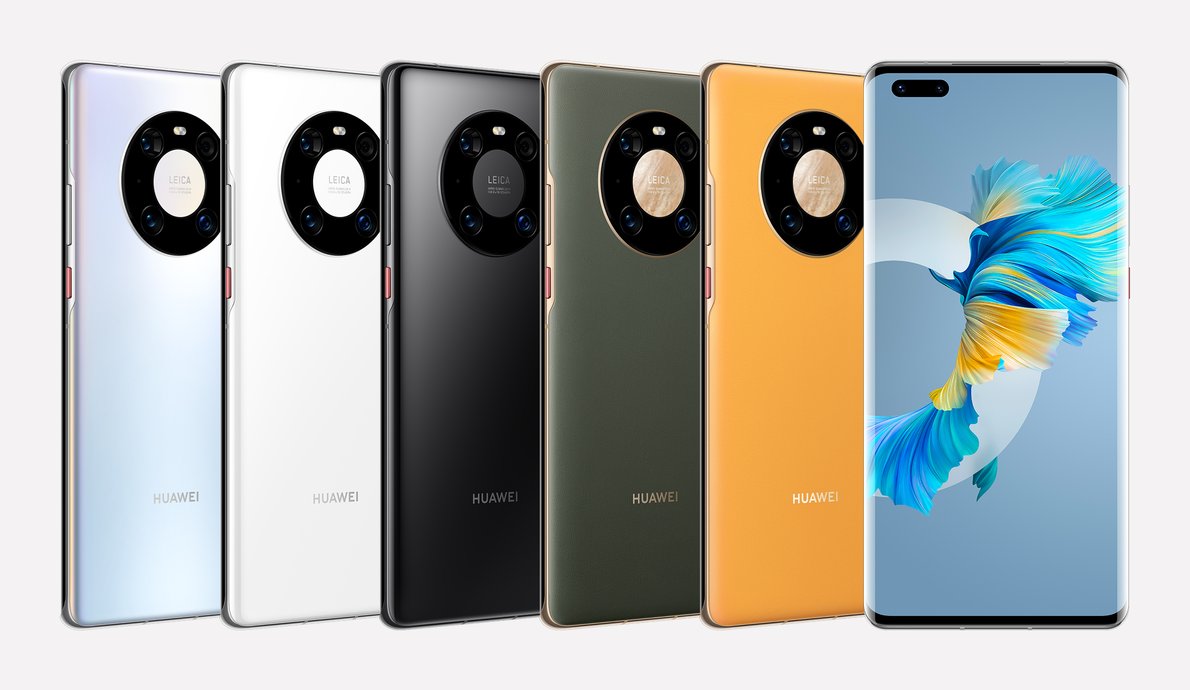On June 2nd, Huawei’s MatePad Pro 12.6-inch tablet was officially released. This is the world’s first Harmony OS tablet and officially went on sale on June 10.
The Huawei MatePad Pro 12.6-inch tablet is the world’s first Harmony OS tablet. It is no longer based on the Android system but is equipped with HarmonyOS 2. This is a brand-new, independent intelligence developed by Huawei for the era of the Internet of Everything. The terminal operating system provides a unified language for the intelligence, interconnection, and collaboration of different devices.
HarmonyOS has many features, the most important of which is to integrate various devices at the system level to form a hyper terminal, which can be flexibly expanded between different devices to achieve hardware mutual assistance and resource sharing between devices.
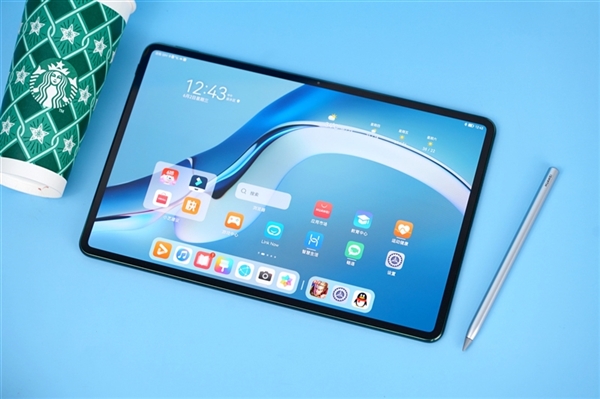
Specifically, after the Huawei MatePad Pro 12.6-inch tablet is equipped with HarmonyOS 2, the desktop is first redesigned. The interface is very simple, the partitions are more scientific, and the card design is used extensively, allowing users to save click operations and waiting time, ensuring higher efficiency for learning, and office, direct access in one step.
Secondly, the Huawei MatePad Pro 12.6-inch tablet and HarmonyOS have greatly improved the bottom of the system, especially the lack of multi-tasking of previous tablets, bringing the latest parallel vision, allowing the tablet to support multitasking and multi-window mode.
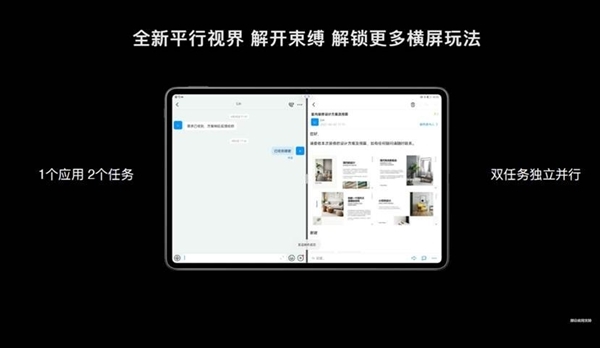
In the horizontal screen state, the Huawei MatePad Pro 12.6-inch tablet can achieve “one application, two-screen display”. This is not a common application split-screen, but two windows can run independently.
For example, in the process of document editing, the user can use the M-Pencil stylus to edit the document on the Huawei MatePad Pro 12.6-inch tablet, and the window on the other side can do other tasks. The two tasks do not interfere with each other, and the efficiency is doubled.
The new Parallel Vision provides three windows display modes to meet the needs of users for different applications: the navigation bar mode used by most applications, the shopping mode mainly suitable for shopping software, and the customization that supports developers to customize the window display mode.
As of June 2021, there are already about 4000 apps that support the parallel vision function, and the TOP 300 apps support 100% of Huawei’s MatePad Pro tablets.
On the Huawei MatePad Pro 12.6-inch tablet, Huawei not only modified the UI interface and multi-tasking functions but also took full advantage of the distributed computing capabilities of HarmonyOS, turning it into a full-scenario smart platform that can be used with PCs, mobile phones, etc. The equipment is seamlessly connected.
In the past, various smart devices used different systems, and interconnection was a hassle. Now HarmonyOS brings the HyperTerminal function, which allows each device to become each other’s functional modules (such as mobile phones, PCs, tablets), and it’s no longer just an independent device.
The HyperTerminal provides a wireless connection combination of mobile phones and PCs, tablets, speakers, and other devices in the control center. You only need your fingers to gently slide the icons of different devices together to achieve a deep connection, which can make full use of the advantages of different devices.
The specific use process is also very simple. In the super terminal interface, any device can be connected intelligently by lightly pulling together. The Huawei MatePad Pro 12.6-inch tablet can be connected to headphones and speakers to listen to music, and the smart screen can be connected to the big screen. TV, movies.

Huawei MatePad Pro 12.6-inch tablet can be connected to a PC, and there are multiple options for collaboration, including mirroring mode, extended mode, and sharing mode. Each mode has different usage scenarios. The mirroring mode allows the two screens can perform their duties and do different things. While having a meeting, you can also record or check information, make documents, etc.
In addition to the HarmonyOS, the hardware performance of the Huawei MatePad Pro 12.6-inch tablet is also very powerful, which is also the basis for improving professional productivity.
In terms of processor, Huawei MatePad Pro 12.6-inch is equipped with the same Kirin 9000 series chip as the Mate 40 series. This is the world’s first 5nm 5G SoC. While ensuring high performance, it can also greatly reduce power consumption. It is equipped with a 24-core Mali- G78 GPU cluster that can also achieve strong graphics performance.
The screen has a great impact on professional applications. The new Huawei MatePad Pro has a large 12.6-inch screen, which is equivalent to the screen of a thin and light notebook. It has a high resolution of 2560×1600, which is clearer and more delicate than 1080p. It also supports the DCI-P3 color gamut display, 1,000,000:1 ultra-high contrast ratio, with Huawei’s piece-by-piece tuning at the factory, it can present richer and more brilliant colors.
In addition, the Huawei MatePad Pro 12.6-inch also supports hardware-level low blue light eye protection and is the world’s first tablet computer that has passed the TÜV Rheinland Full-care Display (Global Eye Protection 2.0) certification.
In other respects, the Huawei MatePad Pro 12.6-inch is also equipped with a large 10000mAh battery that supports 40W fast charging, which can be fully charged in 2 hours and 10 minutes, and has a battery life of up to 14 hours. It is more durable than most laptops and can be wirelessly recharged at critical moments. Wirelessly charge mobile phones, watches, bracelets, earphones, and other devices.
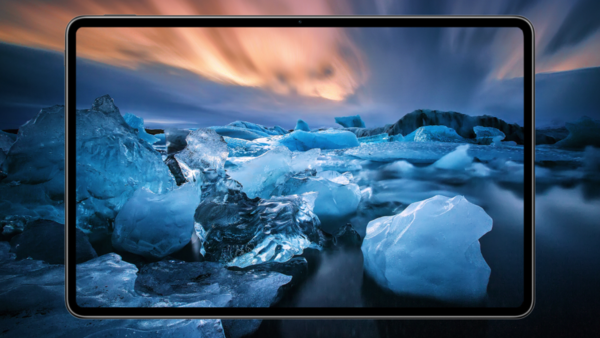
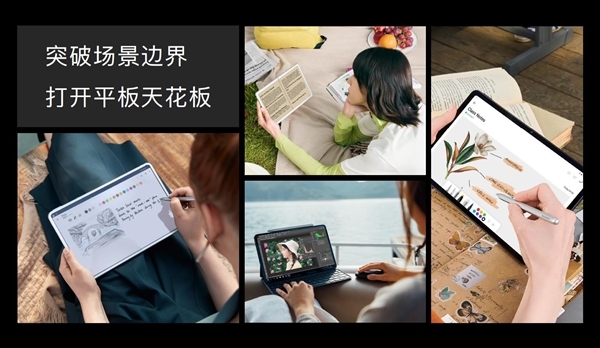
Just like Huawei’s previous statement, the new generation of Huawei MatePad Pro equipped with HarmonyOS 2 further broke through the boundaries of tablet application scenarios and opened the ceiling of the tablet.

